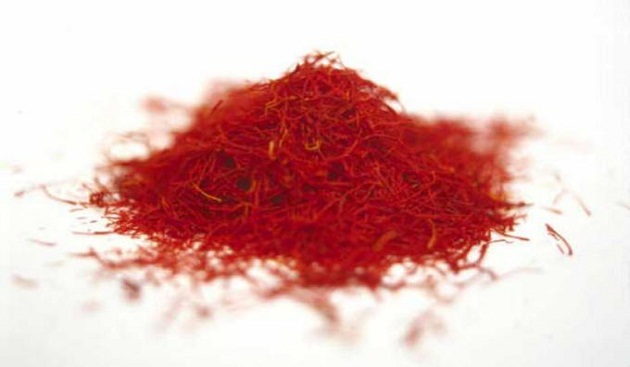Methods of Saffron Consumption
Take a handful of the spice and rub it in a mortar with a pestle. Then use a cube of sugar to rub it further. Use a spoon of this into half a cup of boiling water. This water can then be used in milk or even desserts and rice. This water can be kept in the refrigerator for a week.
Strands of saffron can also be pre-soaked for a couple of hours in hot water or broth before using it in the food. This helps the colour to disperse in the food.
Saffron for pregnant women can also be in the form of a paste. The ratio is five teaspoons of liquid for each teaspoon of saffron. This paste can then be used as per requirement.
For using saffron in the powdered form, it needs to be toasted first. Use a pan to toast the threads. Be careful not to burn them. Then grind it into a powder and use it as desired.
Side Effects of Saffron Consumption
Despite the many medicinal properties, side effects of saffron are also possible. However, the implications are minor. These include –
- Nausea
- Drowsiness
- Appetite change.
Nevertheless, serious side effects of saffron are possible if consumed in excess and for a prolonged period. These should be reported to the doctor immediately. These include:
- Sudden mood swings like anxiety, elation, rapid speaking, hyper-sexuality.
- Saffron poisoning symptoms of which are yellowing of the whites of the eyes, continuous vomiting, vertigo, bloody diarrhoea and nose bleeds.
- Allergy like rashes, itching, swelling of the throat.
- During pregnancy, over-consumption of saffron causes miscarriages as well.
The dried stigmas of the saffron plant are used to produce the thread-like saffron spice. Over 75,000 such flowers are needed to make a pound of the spice. This makes saffron is an expensive spice and can often be adulterated. So take care while buying it. It is best not to buy it loose but rather packets that have an ISI mark. Furthermore, do check the expiry date while buying it.






